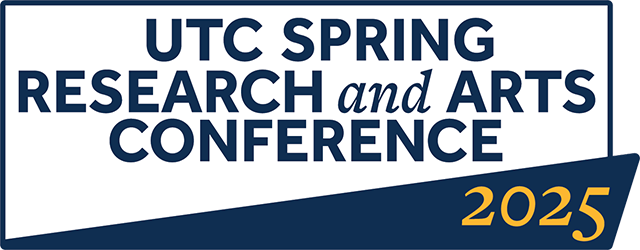Publisher
University of Tennessee at Chattanooga
Place of Publication
Chattanooga (Tenn.)
Abstract
This research investigates the feasibility of fine-tuning a domain-specific language model (LLM) to enhance the accuracy and accessibility of truss structural analysis. General-purpose AI models, such as ChatGPT, often struggle with engineering-specific problems due to insufficient domain knowledge. To address this, we propose fine-tuning a small LLM tailored for structural engineering tasks, with truss analysis using the stiffness method as a case study. The project leverages a curated dataset of textual and diagrammatic inputs from engineering textbooks, manuals, and solved examples. Image-to-text tools will translate structural diagrams into machine-readable formats, reducing data preparation costs while maintaining numerical precision. Fine-tuning involves preprocessing domain-specific datasets, adapting pre-trained models using supervised learning, and incorporating physics-based constraints. A transformer-based model, such as Flan-T5, will be fine-tuned to process text-based truss problems and produce detailed analysis results, including intermediate calculations and force distributions. The model’s accuracy and computational efficiency will be evaluated against benchmarks, conventional analysis tools, and case studies. Although the primary focus is on text-based inputs, this work lays the foundation for integrating visual inputs, providing engineers and students with a practical tool for rapid and accurate analysis. By addressing challenges in dataset preparation, fine-tuning, and evaluation, this study advances the application of AI in structural engineering.
Document Type
posters
Language
English
Rights
http://rightsstatements.org/vocab/InC/1.0/
License
http://creativecommons.org/licenses/by/4.0/
Recommended Citation
Dey, Rajon; Wu, Weidong; Liang, Yu; Owino, Joseph; Fomunung, Ignatius; and Onyango, Mbakisya A., "Fine-Tuning a Domain-Specific Language Model for Truss Structural Analysis". ReSEARCH Dialogues Conference proceedings. https://scholar.utc.edu/research-dialogues/2025/posters/19.
Fine-Tuning a Domain-Specific Language Model for Truss Structural Analysis
This research investigates the feasibility of fine-tuning a domain-specific language model (LLM) to enhance the accuracy and accessibility of truss structural analysis. General-purpose AI models, such as ChatGPT, often struggle with engineering-specific problems due to insufficient domain knowledge. To address this, we propose fine-tuning a small LLM tailored for structural engineering tasks, with truss analysis using the stiffness method as a case study. The project leverages a curated dataset of textual and diagrammatic inputs from engineering textbooks, manuals, and solved examples. Image-to-text tools will translate structural diagrams into machine-readable formats, reducing data preparation costs while maintaining numerical precision. Fine-tuning involves preprocessing domain-specific datasets, adapting pre-trained models using supervised learning, and incorporating physics-based constraints. A transformer-based model, such as Flan-T5, will be fine-tuned to process text-based truss problems and produce detailed analysis results, including intermediate calculations and force distributions. The model’s accuracy and computational efficiency will be evaluated against benchmarks, conventional analysis tools, and case studies. Although the primary focus is on text-based inputs, this work lays the foundation for integrating visual inputs, providing engineers and students with a practical tool for rapid and accurate analysis. By addressing challenges in dataset preparation, fine-tuning, and evaluation, this study advances the application of AI in structural engineering.


